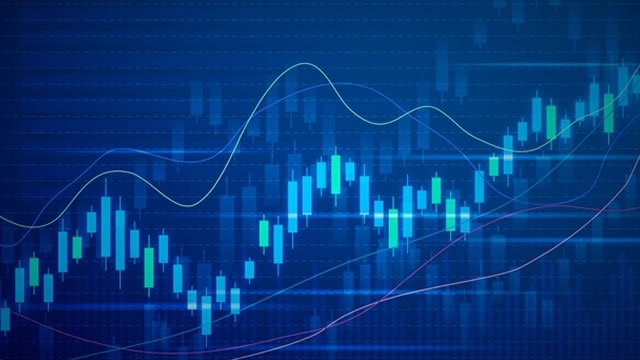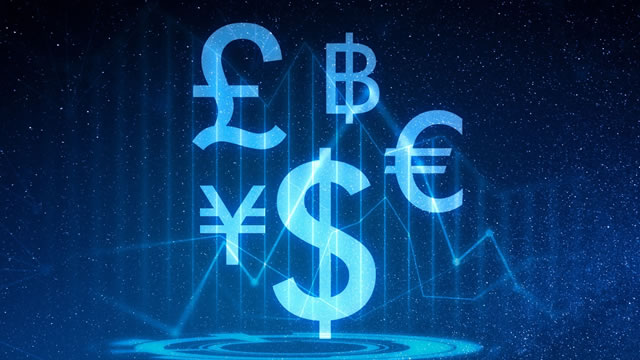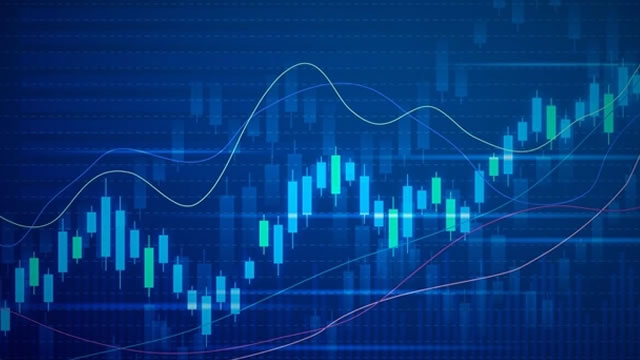Gold edges higher as traders eye PPI data and Treasury yields
Can bulls push past $2942, or will inflation concerns spark renewed selling?
Gold prices are on the rise as traders closely monitor key economic indicators such as the Producer Price Index (PPI) data and Treasury yields. The precious metal has been trading in a tight range in recent weeks, but a combination of factors could push it higher in the coming days.
The PPI data, which measures the average change over time in selling prices received by domestic producers for their output, is a key indicator of inflationary pressures in the economy. A higher-than-expected PPI reading could signal rising inflation, which typically boosts demand for safe-haven assets like gold.
Meanwhile, Treasury yields are also in focus as they have a significant impact on the opportunity cost of holding gold. When yields rise, the relative attractiveness of gold diminishes as it does not offer any yield or interest. On the other hand, falling yields make gold more appealing as an investment.
Currently, gold is trading just below the key resistance level of $2942 per ounce. Bulls are hoping to push past this barrier and continue the upward momentum. However, if inflation concerns escalate, we could see renewed selling pressure on the precious metal.
How will this impact me?
As an individual investor, the movement of gold prices can have a direct impact on your investment portfolio. If you hold gold as a hedge against inflation or market volatility, a rise in prices could increase the value of your holdings. On the other hand, if you are looking to purchase gold, higher prices may mean you have to pay more for the same amount of the precious metal.
How will this impact the world?
Internationally, the price of gold plays a significant role in the global economy. Central banks often hold gold as part of their foreign exchange reserves, and fluctuations in gold prices can impact the value of these reserves. Additionally, gold is used as a benchmark in the commodities market and is seen as a barometer of investor sentiment and economic stability.
Conclusion
Gold prices are likely to remain volatile in the near term as traders react to incoming data and market developments. While bulls are optimistic about pushing past the key resistance level, inflation concerns could spark renewed selling pressure. As always, it is important for investors to stay informed and monitor these factors closely to make well-informed investment decisions.





